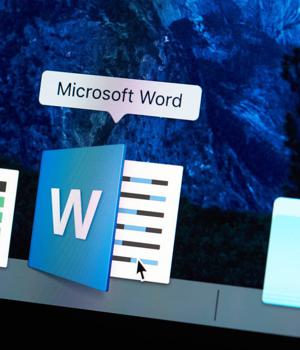Security News > 2022 > May > Zero-day vuln in Microsoft Office: 'Follina' will work even when macros are disabled

Infosec researchers have idenitied a zero-day code execution vulnerability in Microsoft's ubiquitous Office software.
Dubbed "Follina", the vulnerability has been floating around for a while and uses Office functionality to retrieve a HTML file which in turn makes use of the Microsoft Support Diagnostic Tool to run some code.
The Huntress post on the matter suggested users utilizing Microsoft Defender's Attack Surface Reduction rules could put the "Block all Office Applications from creating child processes" option into "Block mode."
An alternative suggested by vulnerability analyst Will Dormann would be to remove the file type association for ms-msdt to stop Office firing up the app.
"Detection," wrote Beaumont in a post on the subject, "Is probably not going to be great, as Word loads the malicious code from a remote template, so nothing in the Word document is actually malicious."
Interestingly, although Microsoft has yet to publicly acknowledge the issue, Beaumont noted that it appeared to have been fixed in the very latest Insider and Current versions of Office.
News URL
Related news
- Fake Microsoft Office add-in tools push malware via SourceForge (source)
- Microsoft April 2025 Patch Tuesday fixes exploited zero-day, 134 flaws (source)
- Microsoft: Windows CLFS zero-day exploited by ransomware gang (source)
- Microsoft fixes actively exploited Windows CLFS zero-day (CVE-2025-29824) (source)
- Patch Tuesday: Microsoft Fixes 134 Vulnerabilities, Including 1 Zero-Day (source)
- Microsoft releases emergency update to fix Office 2016 crashes (source)
- Microsoft blocks ActiveX by default in Microsoft 365, Office 2024 (source)
- Microsoft: Office 2016 and Office 2019 reach end of support in October (source)
- Microsoft will update Office apps on Windows 10 until 2028 (source)
- Microsoft May 2025 Patch Tuesday fixes 5 exploited zero-days, 72 flaws (source)